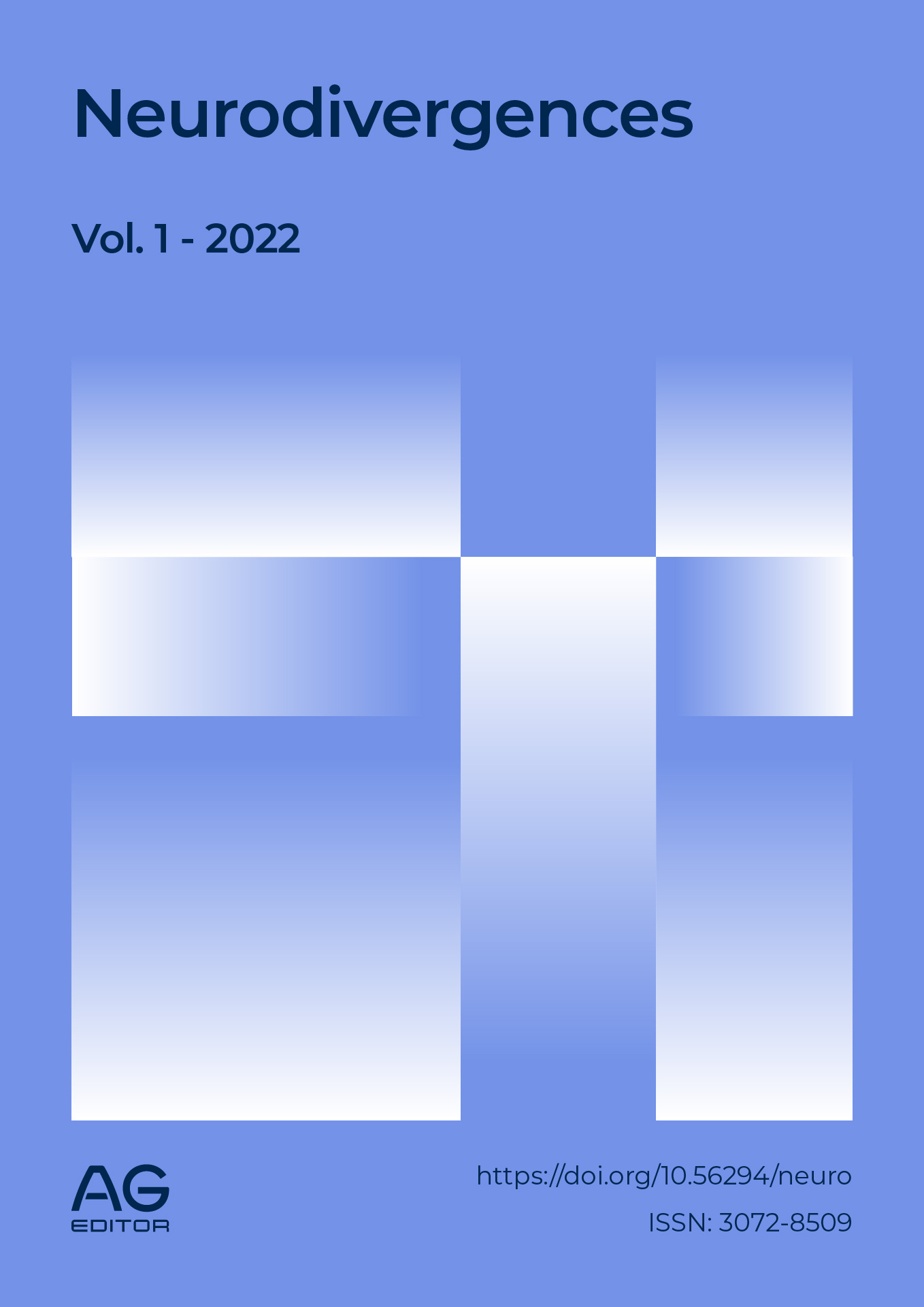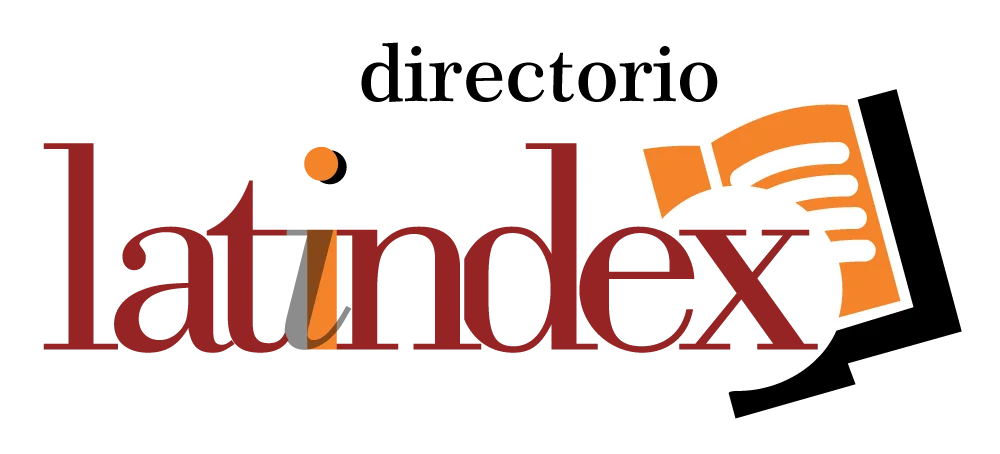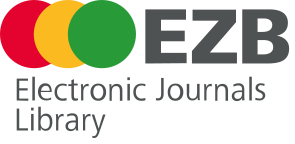ICT and Educational Inclusion in Autism Spectrum Disorder
DOI:
https://doi.org/10.56294/neuro202227Keywords:
Autism, Disability, Inclusion, ICT, Education, Disability, EducationAbstract
Introduction: In recent decades, the inclusion of persons with disabilities became a central focus of international policies. The International Convention on the Rights of Persons with Disabilities, approved in 2006, established clear commitments to guarantee equal opportunities. In 2008, Argentina adhered to it through Law No. 26.378, consolidating the recognition of disability as a human rights issue. In this framework, Autism Spectrum Disorder (ASD) represented a relevant challenge, since, according to WHO (2019), one in every 160 children presented it. Faced with this reality, Information and Communication Technologies (ICT) were promoted as essential tools to favor autonomy and social inclusion.
Development: In response to international recommendations, the WHO and the States implemented policies aimed at improving the quality of life of people with ASD. Research highlighted that ICTs offered innovative resources for teaching and communication, facilitating social interaction and continuity between school and home. Experts such as Sanromá-Giménez and Allen emphasized that educational applications, pictograms, interactive whiteboards and tablets could be adapted to different learning styles, providing flexibility compared to more rigid traditional methods. They also highlighted the need to establish pedagogical and technological criteria for selecting relevant digital tools, involving users and families in this process.
Conclusions: The analysis of regulations and studies evidenced that the inclusion of people with ASD transcended the educational field to become a social commitment. ICTs proved to be an effective bridge to meaningful learning, communication and social integration. However, the importance of ensuring adapted and evaluated resources with clear criteria was emphasized. In short, the convergence of public policies, research and technological development made it possible to move towards a more inclusive and equitable society.
References
Asamblea General de las Naciones Unidas. Convención sobre los Derechos de las personas con Discapacidad y su Protocolo Facultativo. Naciones Unidas; 2006. Disponible en: https://www.un.org/esa/socdev/enable/documents/tccconvs.pdf
Tortosa NF. Avanzando en el uso de las TIC con personas con Trastorno del Espectro Autista: usos y aplicaciones educativas. 2002. Disponible en: https://diversidad.murciaeduca.es/tecnoneet/docs/2002/5-92002.pdf
Hebron J, Bond C. Developing mainstream resource provision for pupils with autism spectrum disorder: parent and pupil perceptions. Eur J Spec Needs Educ. 2017;32(4):1-16. doi:10.1080/08856257.2017.1297569.
Hernández Sampieri R, Fernández Collado C, Baptista Lucio MP. Metodología de la investigación. 5ª ed. México: McGraw-Hill; 2010.
Argentina. Ley N° 26.378. Convención sobre los Derechos de las Personas con Discapacidad y su Protocolo Facultativo. Senado y Cámara de Diputados de la Nación; 2008. Disponible en: https://www.un.org/esa/socdev/enable/documents/tccconvs.pdf
Mertens DM. Research and evaluation in education and psychology. Thousand Oaks (CA): Sage Publications; 2005.
Sanromá-Giménez M, Lázaro-Cantabrana JL, Gisbert-Cervera M. La tecnología móvil. Una herramienta para la mejora de la inclusión digital de las personas con TEA. Psicol Conoc Soc. 2017;7(2):227-251. doi:10.26864/PCS.v7.n2.10.
Published
Issue
Section
License
Copyright (c) 2022 Fernando Pablo Mazza (Author)

This work is licensed under a Creative Commons Attribution 4.0 International License.
The article is distributed under the Creative Commons Attribution 4.0 License. Unless otherwise stated, associated published material is distributed under the same licence.






